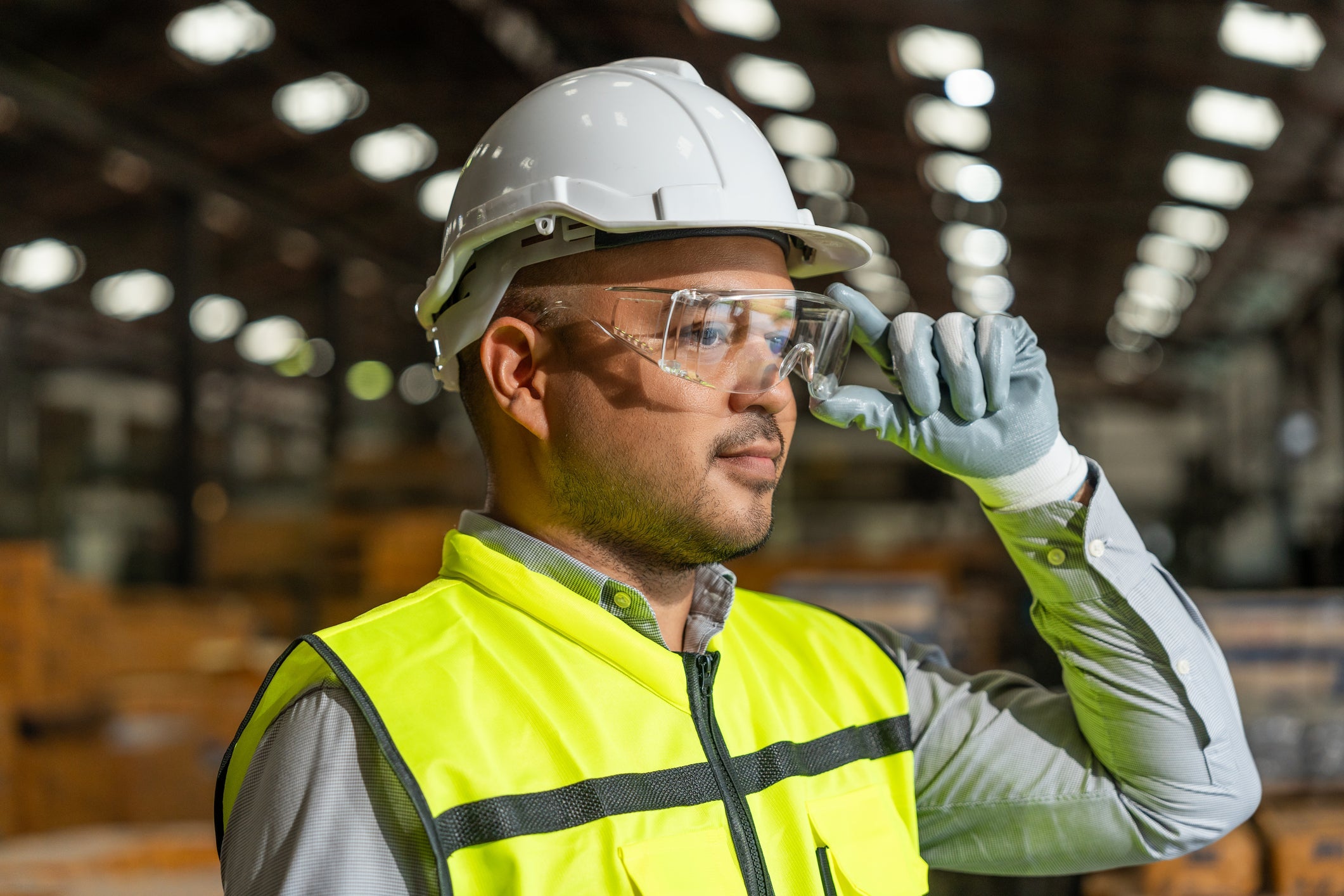Introduction: Eye Safety Starts with the Right Protection
In any job where flying debris, chemicals, or UV rays are a risk, your eyes are one of the most vulnerable parts of your body. Safety glasses aren’t just another item on your PPE checklist—they're essential. But not all safety glasses are created equal.
From anti-fog coatings to polarized lenses and ANSI certifications, the options can be overwhelming. This guide will walk you through the key features to look for in safety glasses in 2025, so you can make the best choice for your job and environment.
Why ANSI Z87.1 Certification Matters
The American National Standards Institute (ANSI) and the International Safety Equipment Association (ISEA) developed the Z87.1 standard to ensure consistent, high-quality eye protection. If your safety glasses don’t meet ANSI Z87.1, they’re not OSHA-compliant.
Here’s what ANSI Z87.1-certified safety glasses are tested for:
- Impact resistance (high and low velocity)
- Coverage and optical clarity
- Resistance to dust, particles, and chemical splashes
- Markings for lens and frame compliance
Always look for the "Z87" or "Z87+" mark on the frame and lens.
Anti-Fog Safety Glasses: Ideal for Humid or Active Work
Fogged lenses can make safety glasses useless—and dangerous. In fast-paced or humid environments, anti-fog coatings improve visibility and reduce the need to constantly wipe your lenses.
Anti-fog safety glasses are great for:
- Indoor/outdoor construction
- Food processing plants
- Manufacturing
- Emergency response
Choose glasses with permanent anti-fog coatings, not just temporary wipes.
Polarized Safety Glasses: Reduce Glare, Protect Vision
Polarized safety glasses filter out horizontal light waves, significantly reducing glare. They're especially helpful for:
- Outdoor work
- Roadside crews
- Roofers and landscapers
- Maritime and oil rig workers
Polarized lenses reduce eye strain and improve contrast, making them a favorite for all-day outdoor use. Just make sure the glasses are also ANSI Z87.1 certified.
Clear vs. Tinted vs. Transition Lenses
The right lens tint depends on your environment:
- Clear: Indoor use or low-light conditions
- Gray/Smoke: Outdoor daylight work
- Amber/Yellow: Enhances contrast in low light or fog
- Blue Mirror/Polarized: Reduces intense glare
- Photochromic/Transition: Adjust automatically to light conditions
Each type offers specific advantages—match the lens to the task.
Foam-Lined Safety Glasses for Dusty Environments
For jobs involving grinding, cutting, or working in dusty areas, foam-lined safety glasses provide a better seal around the eyes.
Benefits include:
- Reduced dust entry
- Better comfort during long shifts
- Extra protection without switching to goggles
Many foam-lined options still meet ANSI Z87.1 standards.
Prescription Safety Glasses vs. OTG (Over-the-Glasses)
If you wear prescription glasses, you have two main options:
- Prescription safety glasses: Customized to your vision needs and ANSI-certified
- OTG safety glasses: Fit over standard prescription glasses
Prescription safety glasses offer better comfort and less fogging, but OTG styles are more affordable and versatile.
When to Replace Your Safety Glasses
Inspect your safety glasses regularly and replace them when you notice:
- Scratches or scuffs on lenses
- Cracked frames
- Loose temples or hinges
- Loss of anti-fog or anti-scratch effectiveness
- Fading ANSI markings
Regular replacement ensures continued protection and compliance.
Shop OSHA-Compliant Safety Glasses at eDisasterSystems.com
We carry a wide selection of ANSI Z87.1-rated safety glasses to match every environment:
- Anti-Fog Safety Glasses
- Polarized Safety Glasses
- Foam-Lined Safety Eyewear
- Prescription-Compatible OTG Glasses
We feature brands like Pyramex, MCR Safety, 3M, and Edge Eyewear.
External Resource
OSHA PPE: Eye and Face Protection
Frequently Asked Questions (FAQs)
1. What does ANSI Z87.1 mean on safety glasses?
ANSI Z87.1 is a safety standard developed by the American National Standards Institute that ensures eyewear meets strict criteria for impact resistance, coverage, and durability. If your safety glasses have the Z87 or Z87+ marking, they are certified to meet these standards and are OSHA-compliant.
2. Are polarized safety glasses also ANSI-approved?
Yes, but not all polarized glasses are ANSI-certified. Always check for the “Z87” or “Z87+” mark on the frame and lenses. Polarization reduces glare but does not guarantee impact protection unless it’s been tested to ANSI standards.
3. What are the best safety glasses for outdoor work?
Polarized safety glasses or gray/smoke-tinted lenses are ideal for bright outdoor environments. They reduce glare, improve visibility, and protect against harmful UV rays. Look for ANSI Z87.1 compliance for maximum protection.
4. Can you wear safety glasses over prescription glasses?
Yes. Over-the-glasses (OTG) safety glasses are designed to fit comfortably over your existing prescription eyewear. However, for frequent use, prescription safety glasses offer a better fit, reduced fogging, and greater comfort.
5. How often should I replace my safety glasses?
Replace your safety glasses when you notice scratches, cracks, frame damage, or fading ANSI markings. Even if they look fine, they should be replaced every 1–2 years depending on wear, environment, and effectiveness of coatings like anti-fog or anti-scratch.
Conclusion: The Best Safety Glasses Are the Ones You’ll Actually Wear
Safety eyewear doesn’t have to be uncomfortable, foggy, or hard to see through. With the right pair—designed for your specific work environment—you’ll protect your vision while staying focused on the job. Whether you need anti-fog, polarized, or prescription-ready styles, eDisasterSystems.com has the gear to keep your team compliant and protected in 2025 and beyond.

